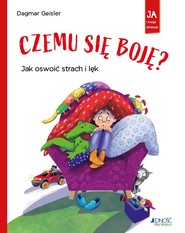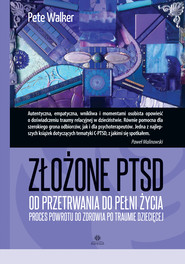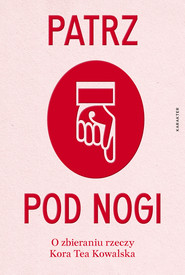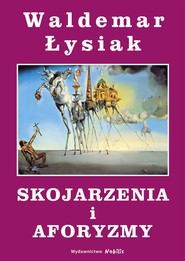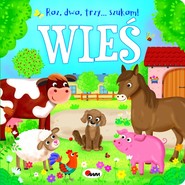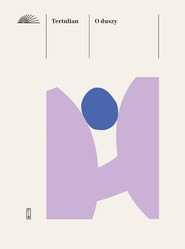Opis treści
Like its predecessors Heaven’s Gates : Wooden Synagogues in the former Commonwealth of Poland and Lithuania and Heaven’s Gates : Masonry Synagogues of Poland and Lithuania in the former Commonwealth of Poland and Lithuania, published in 2015 and 2017 respectively, Oppidum Judaeorum : Jews in the urban space of the former Commonwealth of Poland and Lithuania is the second, enlarged and augmented edition of the volume compiled by the same authors and first published in 2004. It is part of a series devoted to the more than 800-year-old history of Jewish settlement as well as synagogue architecture and art which developed, initially in the lands of the Piast monarchy, then the Jagiellon kingdom and subsequently the Commonwealth of Poland and Lithuania, and finally in these lands up to the outbreak of the Second World War. Its subject is the place occupied by Jews in the social structure and urban space of towns and cities in the former Commonwealth, from the appearance there of the earliest Jewish settlers, throughout the troubled history of this part of Europe, right up to the Second World War and the Holocaust. Its first edition was published in Polish in the series The Cultural Heritage of the Polish-Lithuanian Commonwealth, thanks to the encouragement and generous support of celebrated Polish historians and directors of academic institutions and organisations concerned with the history of Polish Jews – the late Professor Józef Tomaszewski (University of Warsaw), the late Professor Jerzy Gierowski ( Jagiellonian University of Kraków), the late Professor Jerzy Kłoczowski (Catholic University of Lublin) and the late Professor Maria Bogucka, of Warsaw, to whom we are also grateful for substantive suggestions.
The editor and publisher of this series was the late Janusz Krupski, also a historian.
Fifteen years have passed since the appearance of the first edition of this work, during which time interest in the history of Jews in individual towns in Central-Eastern Europe has increased considerably among researchers in Poland, Belarus, Lithuania, Ukraine, United States and Israel. Much new, hitherto unknown information has emerged.
The present second edition of the work is published in two versions, in Polish and in English, thus taking into account the international nature of current research. The number and list of towns selected and discussed remains in principle unchanged, although their arrangement, previously typological, has been replaced with an alphabetical arrangement.
Illustrative material has been enlarged considerably, and the text has been augmented by accounts of the fate of Jewish communities in the towns under discussion during the course of the Second World War.


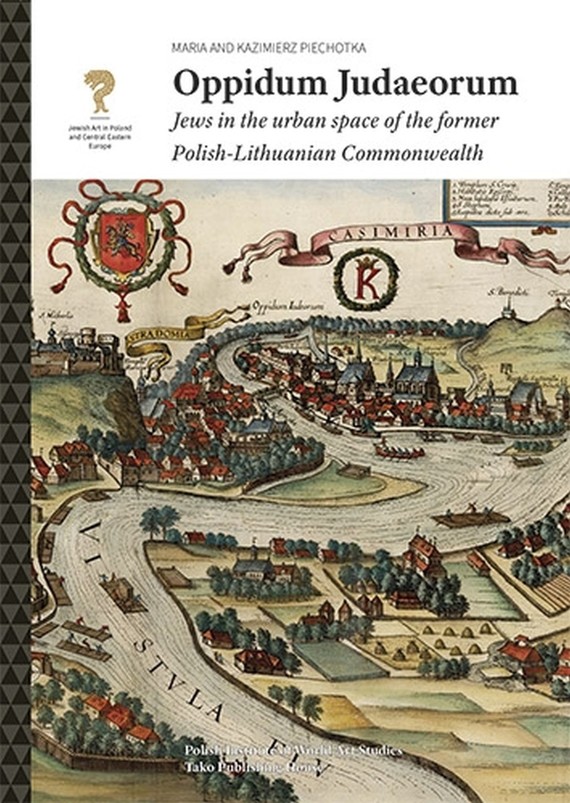

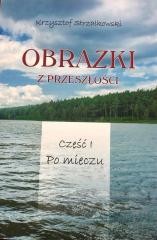
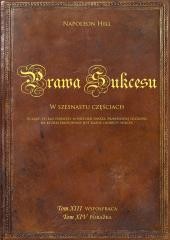
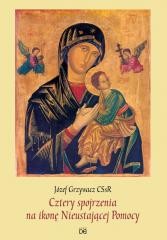

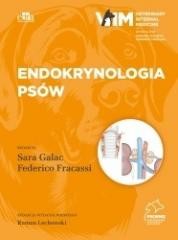


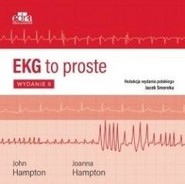
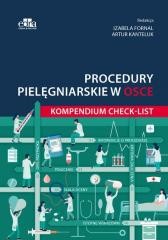
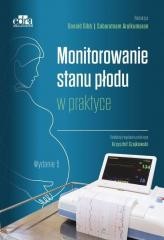
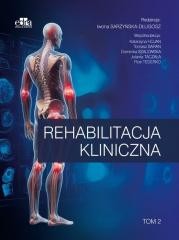
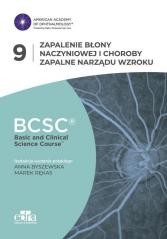



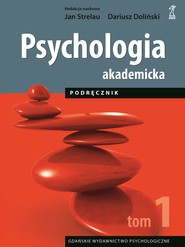
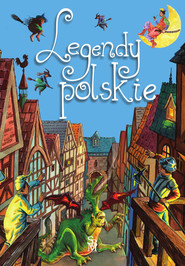
![Ósme życie (dla Brilki). Tom 2 [wyd. 2]](https://woblink.com/media/cache/resolve/web_view_small/products/images/6286106c29954.jpeg)
